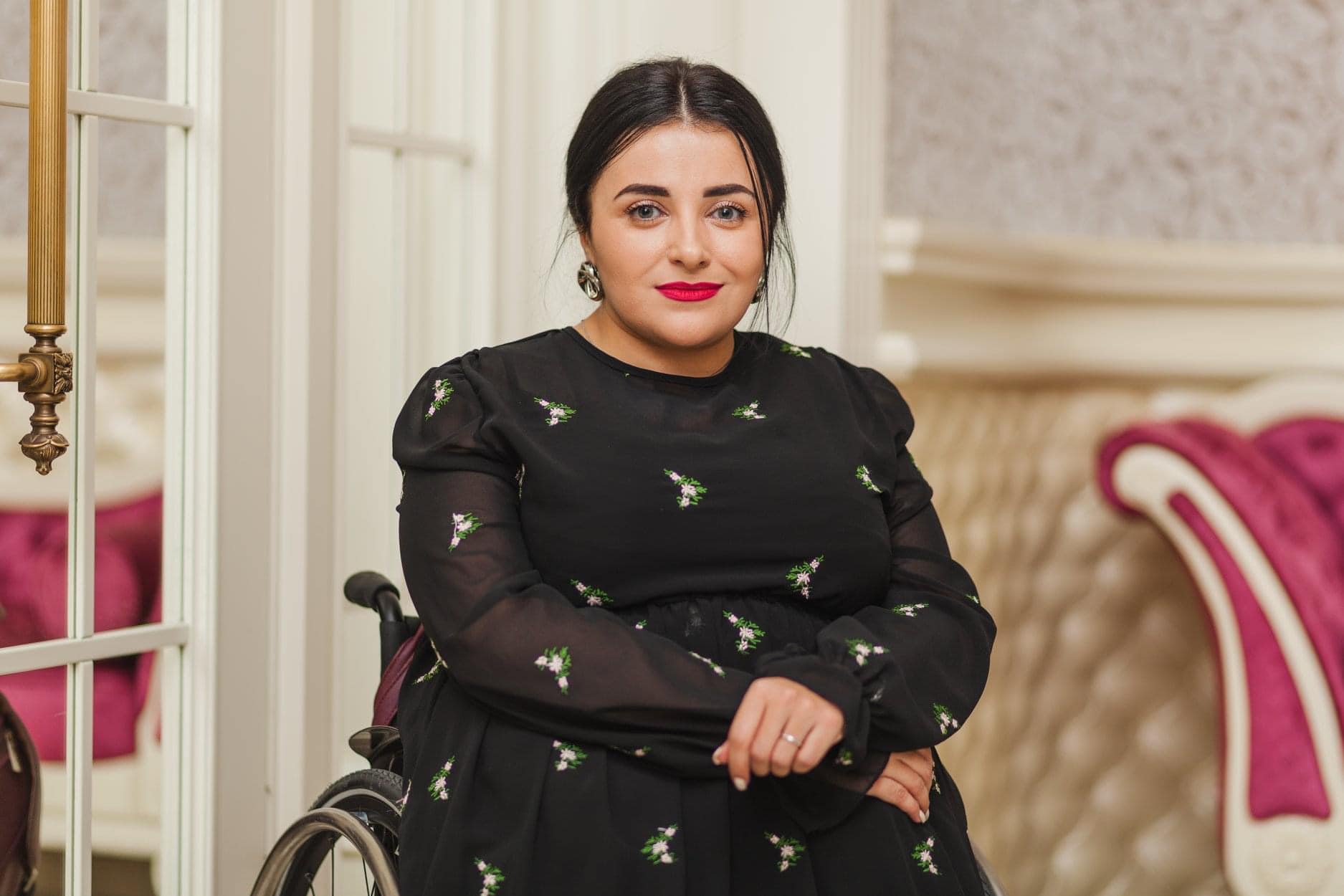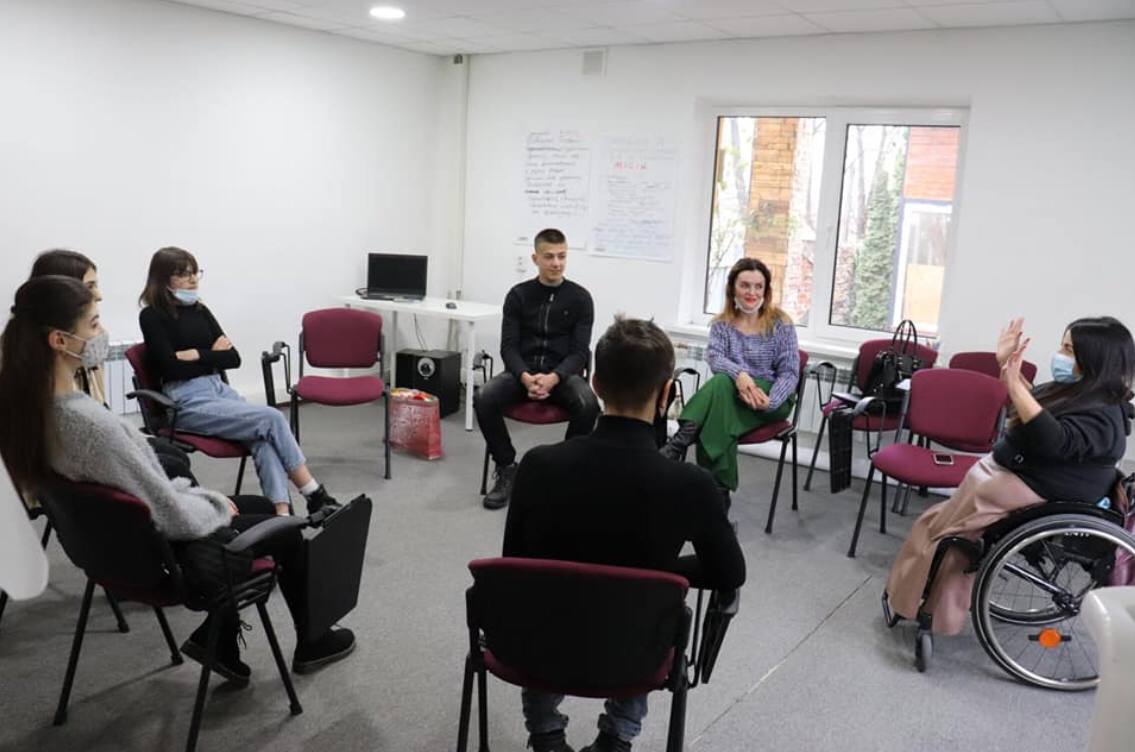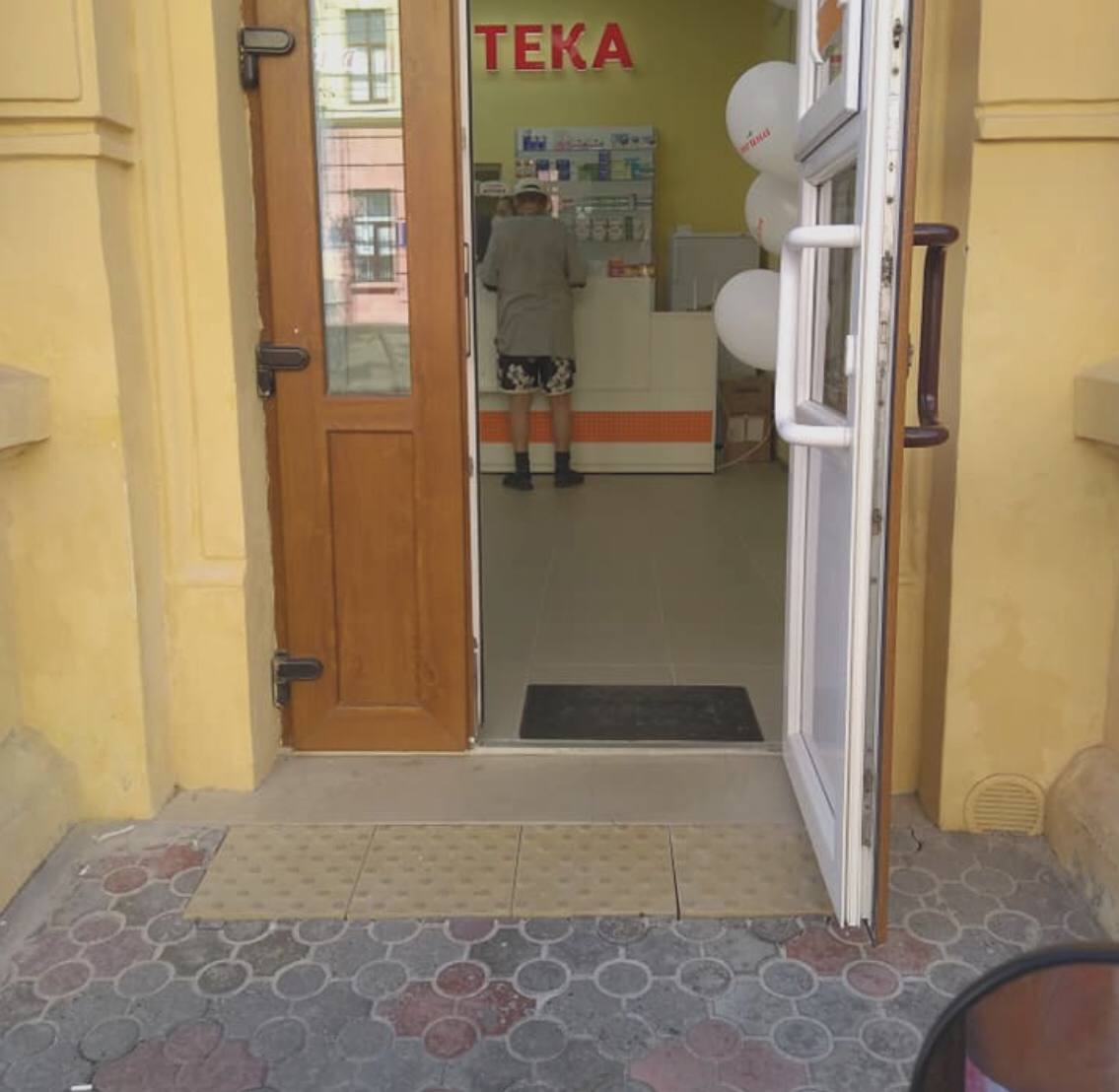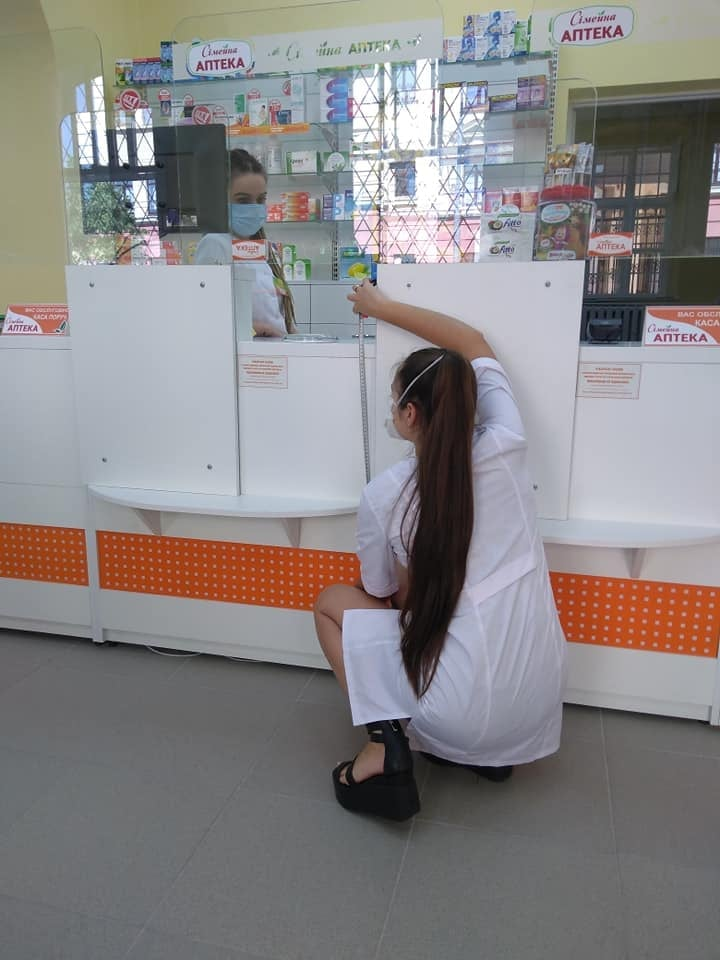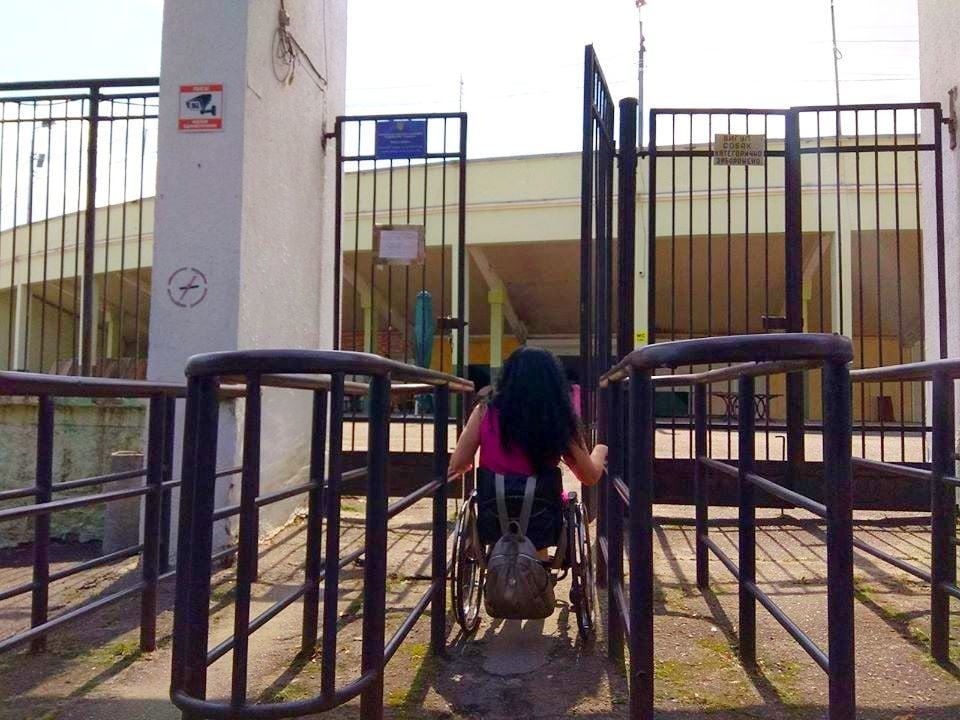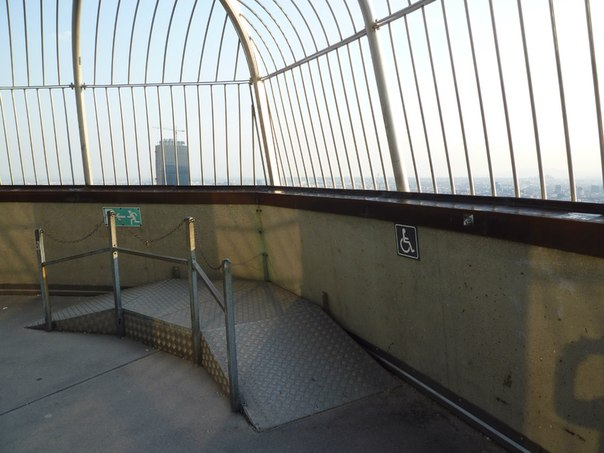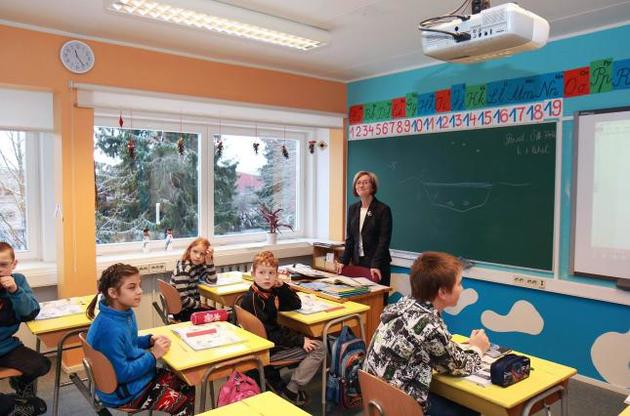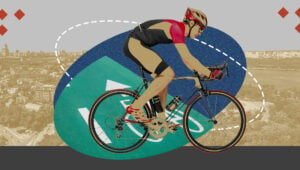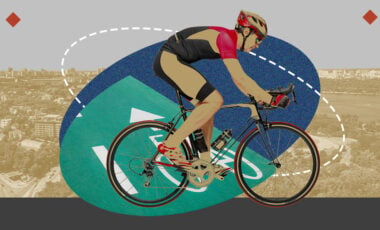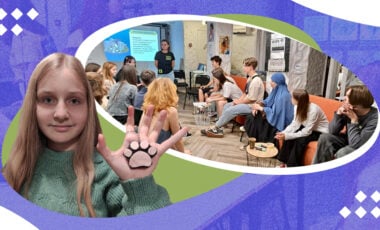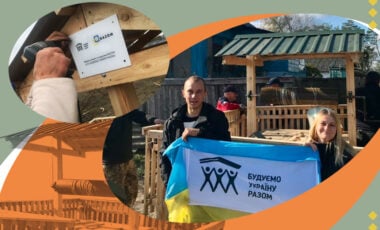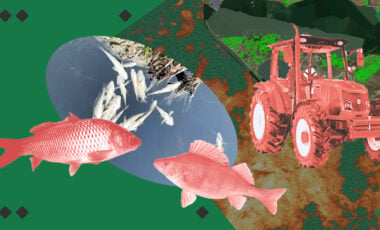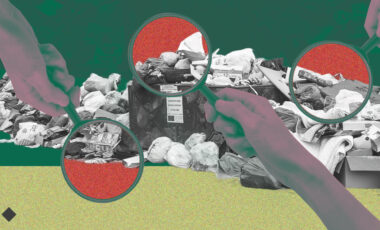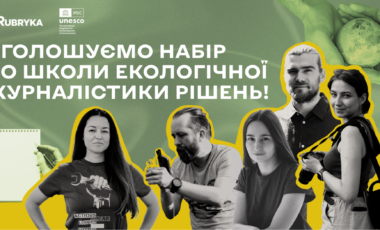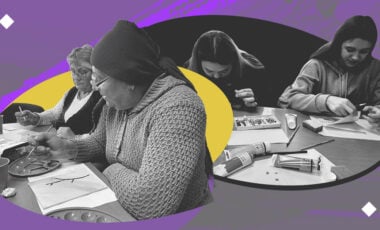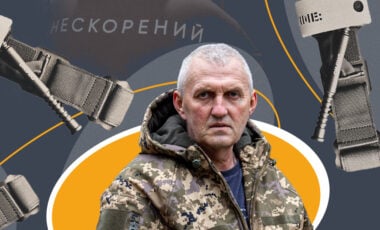How to initiate inclusiveness in cities and villages: Chernivtsi activists' experience
The key is to unite the efforts of the public and local authorities. Activists talk about where to look for convergences between them.
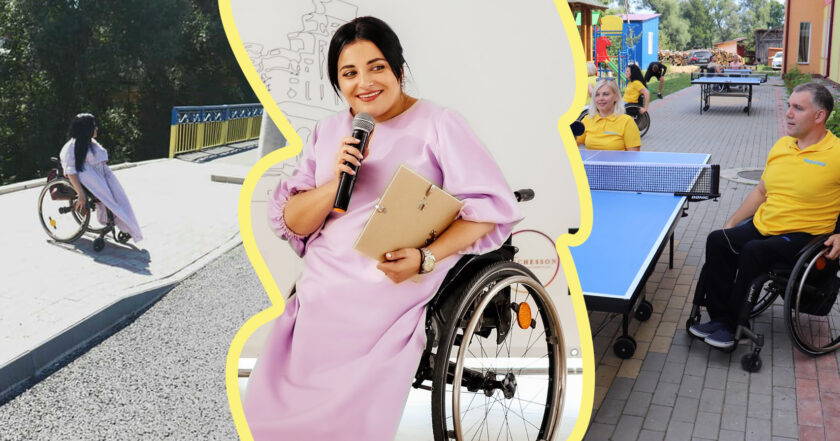
Even though work on the legal and regulatory framework for a barrier-free environment began in Ukraine in the early 1990s, for most Ukrainians with disabilities, full access to education, employment, administrative services, and social benefits is still full of unresolved issues. Issues of re-equipping public transport, access to infrastructure facilities, forming unimpeded public space also remain relevant. Despite triumphant reports from local authorities about the number of ramps installed and side lanes, the simple trip of a person with a disability to a pharmacy or grocery store, as decades ago, is a journey with many obstacles, or even impossible.
In 2020, according to the VEF Ukraine Social Mobility Index, Ukraine ranked only 46th out of 82 countries. There is a stereotype in our country: the right conditions for inclusiveness and accessibility can be fully realized only in rich countries, or in small towns, where there is free physical space for reconstruction or construction of new infrastructure adapted to the needs of the general public. In this context, it's significant that in 2020 the first place and the EU award "Accessible City" was won by the capital of Poland, Warsaw. This fact proves that even a large city (over 1.7 million people), even from the former socialist camp, with the appropriate political will, a realistic strategy, financial and organizational resources can successfully implement world best practices and create a truly barrier-free environment.
The Ukrainian city of Chernivtsi is inspired by the example of Poland and other European cities. For the third year in a row, the Zakhyst Chernivtsi Association, which is supported by the IM Swedish Development Partner, has been working to improve the protection of human rights in Ukraine and support socially vulnerable groups, for the public organization to develop and be effective.
Maria Nikitina, deputy head of the NGO, says that the combined efforts of the public and local authorities can make a difference in any Ukrainian city.
How to learn inclusiveness in Ukraine
In 2019, the NGO Zakhyst launched the Protection of Human Rights in the Chernivtsi Region project. The project was implemented in Chernivtsi and the cities of Chernivtsi region Vyzhnytsia and Storozhynets and provided for advocacy activities to build in these cities an accessible environment for people with disabilities and other low-mobility groups.
The key requirements for creating a barrier-free environment in selected cities were accessibility, security, convenience, information.
To implement European standards of decision-making and management of the organization, the Resource Center for Civic Action was launched as institutional support of the Zakhyst Chernivtsi Association, coalitions, and initiatives of other public organizations. Dozens of pieces of training were held at the Center, where participants could attend educational events on human rights activities, gain knowledge about possible ways and methods of attracting resources for public activities. The events helped civic activists gain an understanding of the basic principles of human rights protection, learn to mobilize and receive the necessary resources, participate in grant programs, involve government officials, sponsors, and volunteers. Two International Inclusion Forums were held at the resource center. Because many organizations have their unique activities, the Forums allowed people to share experiences and successful practices in building an inclusive society and thus accelerate building an inclusive society in the region.
The NGO Zakhyst also participated in the Zero Project international conference (Austria, Vienna). "It was an incredible experience for us! We got a lot of positive emotions, met amazing people who are experts in inclusion. It was a revelation for us to discover Vienna's barrier-free environment, such a comfortable and open city for people with disabilities. We constantly tell everyone how we can equip old historic houses for the comfortable movement of people with disabilities and we hope that similar practices will be implemented in our city because we also have many old buildings."
The Resource Center for Civic Activity has become one of the few places in Chernivtsi City and Chernivtsi region where people with disabilities and other activists are free to implement their activities, receive full support and assistance in their civic initiatives, without discrimination or inconvenience in organizing such meetings. Moreover, it is the only place where young people with disabilities can spend time with benefit, developing in an accessible, modern way, using information and multimedia technologies.
"Advisors to mayors"
Many civil society activists have the inner potential, the energy to influence the government. But they often don't have enough knowledge to be effective enough. However, it is very important to have a working relationship with local authorities. Therefore, within the project, the Advisors to Mayors project was implemented, thanks to which three leaders of public organizations, women with disabilities, were able to gain the necessary knowledge and skills. Two of them were recommended by the NGO Zakhyst to the mayors of Chernivtsi and Vyzhnytsia as advisers on building an inclusive society and protecting the rights of people with disabilities. These recommendations were accepted and both activists were appointed. Mayor's advisers have direct access to city government and can thus lobby for accessibility issues.
"Through joint efforts," says Maria Nikitina, "we were able to persuade key people involved in the repair and reconstruction of the pavement network of our cities to comply with state building regulations and make curbs so that everyone can feel safe and comfortable. As a result of our work, in 2 years, about 90 ramps have appeared in Chernivtsi and about 40 ramps were installed in Vyzhnytsia and Storozhynets. Now people with disabilities living in these cities can move more freely around the city, which is about 6,000 people. They began to visit public places, theaters, shops, cafes, parks, have some walks with children, and just got more freedom of movement. At the same time, the positive changes affected not only people with disabilities but also all low-mobility groups, which include the elderly, parents with young children, people with temporary injuries, etc. According to statistics, the number of such people can reach up to half the urban population! In the cities that participated in the project, there are more parking spaces for people with disabilities, and this is also the result of public organizations' work, as we always approach the problem comprehensively. We still have work to do, but more and more people with disabilities are appearing on the streets who have not been able to take to the streets without a special condition. It's the influence of not only better infrastructure, but the informational campaigns to destroy stereotypes about people with disabilities.
Availability maps for everyone
And the first project was 5 Accessible Squares of Chernivtsi. "We even went to audit the accessibility of these squares and adjacent streets at night," Ms. Maria recalls, "and dreamed of how all the guests and residents of the city would be able to move freely and visit our squares. Unfortunately, some of them still have obstacles, but we are not going to stop."
Based on the results of the work of NGO Zakhyst, accessibility maps of the cities of Chernivtsi, Storozhynets, and Vyzhnytsia were developed. People with disabilities and people with reduced mobility can use safe accessibility maps to find a safe route. These cards are also often used by people who ride bicycles, Segways, and other portable vehicles.
As the organization aims to comply with international standards, several regulatory documents have been developed and adopted, such as the Fundraising Code of Ethics, the Code of Ethics, and the Fraud Prevention Policy, which has changed the rules and procedures of the organization. To work together on the problems of building a universal environment, two Coalitions of NGOs were created.
Thanks to the coalition work, we managed to achieve significant results in working with pharmacies in Chernivtsi. Together with the NGO ChTLZI Mriia, they audited the accessibility of pharmacy networks of the city, provided very clear and professional recommendations, according to which more than 20 pharmacies equipped the accessible environment. Liubov Sviridenko worked hard on this.
A detailed audit of the accessibility of 5 sports facilities was conducted by Vladislav Dobrydin (NGO Table Tennis Federation of Storozhynets district), who urged local governments to invest in the accessible environment of one of them, namely the Bukovyna stadium. People with disabilities on a par with others should be able to participate in and access sporting events, games.
Also, members of the coalition (NGO Leader) conducted audits of the availability of 10 hospitals and medical institutions. "This was our second audit in 5 years, and we tried to give the most important recommendations for arranging an accessible environment in hospitals. As a result, Vyzhnytsia Hospital, given our recommendations, is now equipped with a universal toilet. Similarly, the construction of rural outpatient clinics took into account the recommendations to install universal toilets. Of course, not everything is perfect, but it's better than it was."
They also worked with the Taxi Chernivtsi taxi service. After signing the agreement with Zakhyst, the business owners conducted training and instruction for drivers about the service for people with disabilities: how to communicate properly, how to help get in the car, stack a wheelchair. By the way, in 2019, the first social taxi in the region appeared in the Vyzhnytsia united territorial community. According to the agreements, people with disabilities have the right to call a specially equipped car for less mobile people twice a week for free. At the same time, one can drive it not only in the Vyzhnytsia community but also within the region. The maintenance of the car and payment for transportation is entrusted to the Vyzhnytsia City Council.
A place where everyone can develop
The fruitful work of the Resource Center for Civic Activity helped the NGO Zakhyst to find new partners. They have become 3 youth organizations of Chernivtsi: Chernivtsi Youth Center, Chernivtsi Regional Initiatives Foundation, AIESEC Chernivtsi. "They're very creative and active," they're proud of their new friends at the center. "Now young people have become our volunteers and this is a big plus in our work."
The Resource Center offers inclusive English language courses for children, youth, and adults. "We tried to create a place," says Maria, "where everyone can develop themselves and develop ideas for change in society for the better. 7 children were trained in our inclusive photography school, it was just wonderful, and one of its graduates has already received an order to shoot. Since the group was inclusive, the participants found new friends and thus expanded their circle of friends. All barriers were removed during the creative process! Children from ordinary schools started coming to visit us. They also came from the region. In the feedback, the children said that they finally got answers to their questions about what inclusion is. The center has become popular among other organizations in the city as a venue for events and a place of dialogue. People with disabilities socialize and communicate on an equal footing with their peers, children and young people form an idea of people with disabilities as equals and similar to themselves.
Even before the quarantine, the idea of arranging classes for mothers raising children with disabilities arose. The Happy Mother – Happy Child pilot project fell on quarantine. "We realized that it is very difficult for mothers to stay at home psychologically during quarantine. Thanks to the support of the IM Swedish Development Partner, one of the best psychologists were involved in working with mothers. Consultations for mothers took place online."
"We see how our activities break stereotypes about people with disabilities. It's nice to see more people with disabilities on our streets, how the heroes of the articles become recognizable in society and change attitudes towards people with disabilities. The theme of inclusion is among the city's business structures and areas, and premises (hotels, restaurants, shops) are becoming more accessible for people with disabilities. This allows people with disabilities to go shopping, relax and have fun in peace and pleasure. The owners of hotels and restaurants have already started asking us how to get our award. The issue of affordability is becoming trendy!"
During the two years of the Chernivtsi Region Human Rights Protection project, Chernivtsi activists have been able to significantly improve the inclusive space of the three cities, implement a communication strategy, become more visible in the information field, learn to work calmly and in stressful situations. And there were a lot of those in quarantine. "It was not as easy and simple as it seemed at the beginning," admits Maria Nikitina, "but we continue to work to build an inclusive society and accessible environment. As we work, we get new cases and new challenges as the world changes and we must also adapt to change."
European experience
The experience of developed countries shows that the issue of inclusion is much broader and concerns not only people with disabilities. In the leading countries of Europe, where significant resources have been allocated over the last 30 years to create an accessible environment, the target groups include not only people with disabilities but also the elderly, parents with children under 6, children who remain without parental care and youth. The efforts of public institutions, private entities, and civil society to achieve barrier-free spaces in Europe and the world today are mainly focused on five main areas: transport, information communications, urban infrastructure, education, the labor market, and employment. Chernivtsi activists were guided by the same considerations in promoting their inclusive programs and initiatives.
Austria is one of the countries demonstrating world leadership in building a safe, accessible, and comfortable architectural environment. Effective mechanisms of supervision and control of objects both at the stage of construction and after commissioning are introduced here. One of the important points is also the adaptation of existing buildings.
In recent years, enormous work has been done to create a universal environment. As Austria is a federal state, many decisions depend primarily on local authorities. The experience of Vienna is especially significant. For several years in a row, it has topped the list of the most comfortable cities to live in and has had impressive results in this direction.
Transport in Vienna is accessible to all. As in Ukraine, not everything was smooth from the beginning; in 1996, people in wheelchairs blocked the street to achieve barrier-free transport. Now buses and trams (100% of buses and 2/3 of trams) adapted for low-mobility groups run through the city, each metro station has either an elevator or a ramp, you can stroll freely in wheelchairs, and you will not find high curbs on the streets. In the center of Vienna, the information office offers two books on the barrier-free environment in the city. The Vienna Barrier-Free Guide has everything: all available hotels and public places, the size of doors and ramps, the location of toilets for people with disabilities.
In Estonia, in 2016, the reform of working capacity was carried out, which created a new system of support for people with disabilities and people of retirement age. The goal of change is to change the attitude towards people with disabilities and help them find or keep a job. From January 1, 2017, a person's ability to work is assessed by the Unemployment Insurance Fund. The new method of assessing the ability to work is based on the fact that each person is unique and the same disabilities or diseases can manifest themselves in very different ways. People with reduced working capacity can use such services of the unemployment insurance fund as employment mediation, job search counseling, work practice, training, etc. What services help the best will be determined by the unemployment counselor. In case of partial or complete incapacity for work, a person has the right to receive cash benefits from the unemployment fund (235.8 and 413.7 euros per month, respectively). The Ministry of Social Affairs in many cases speaks of the reform of working capacity as a success story. For example, in 2019, 15 years after Estonia's accession to the European Union, the reform of working capacity was included among the 15 positive aspects of social development that Estonia has achieved since joining the EU.
The country has also adopted a separate Lifelong Learning Strategy 2020, which should provide opportunities for learning at all levels of education, support the individual and social development of each student and improve learning, creativity, and entrepreneurship, which will contribute to high employment, long and quality working life, social inclusion and reducing social inequality.
About ramps in Norway, locals say: "A good ramp should be a continuation of the sidewalk." But it's not just the ramps that make it ideal. Norway in general can be called a model for a systematic approach to creating a barrier-free environment. The country has a separate Action Plan for Universal Design and Technology. The implementation of the Plan is coordinated by the Ministry of Childhood, Equality, and Social Inclusion. The main emphasis in the document is that universal design is useful not only for people with disabilities and the elderly but also for society as a whole, as it attracts the general public to participate in the work process, technological development of the community, transport, and housing policy. etc. The Norwegian government also implements policies, plans, and measures in other related areas: the National Transport Plan; the Strategy of Modern Retirees; Long-term Plan for Research and Higher Education. The principle of inclusion in this country should be the motto for our society: "What is vital for someone should be convenient for everyone!"
In Sweden, special emphasis should be placed on state support for the employment of people with disabilities and the employers who employ them (through the Swedish Public Employment Service). Example:
- individually tailored assistance when applying for a job provided by individuals/entities that have an agreement with the Service;
- personal support at the workplace or during training (providing a personal representative or assistant);
- financial compensation for special conditions (adapted to special needs workplace and work schedule) to the employer who employs a person with disabilities;
- providing literature and a translator for the visually or hearing impaired (the employer may apply for a grant if the person with the disability employed needs sign language translation, translation of written information, signing of the translation, recording of professional literature on audio media, etc.). Similar mechanisms for subsidies, subventions, and fiscal preferences for employers also exist in Denmark.


